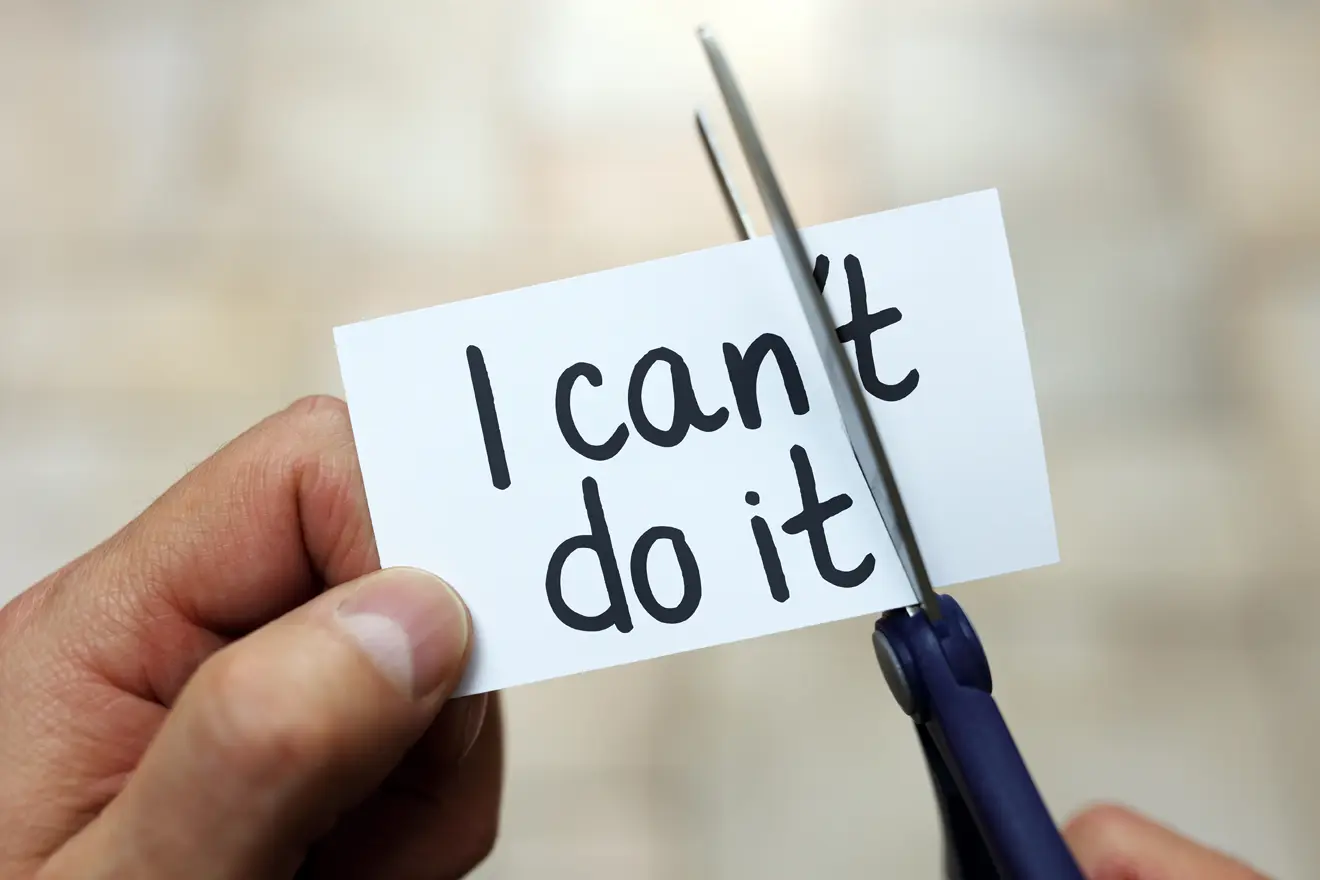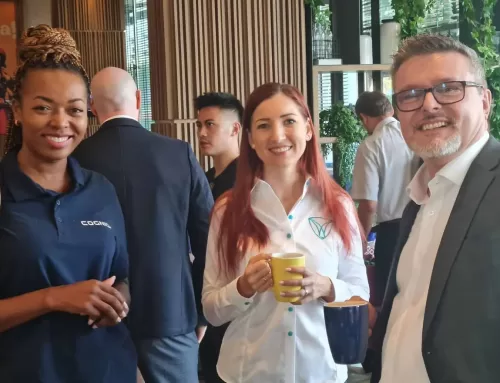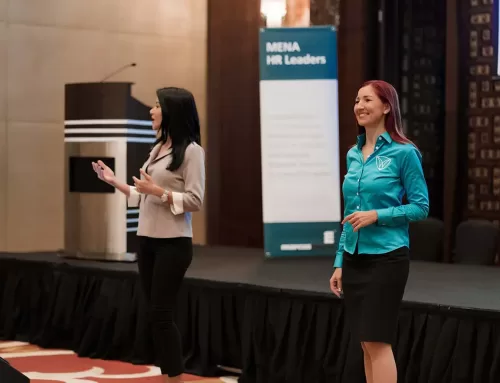From Barrier to Breakthrough: Transforming Self-Limiting Beliefs into Strengths

Have you ever felt like an invisible force was holding you back from seizing opportunities or reaching your full potential? Maybe it whispered doubts in your ear whenever you faced a major decision or opportunity.
These aren’t just fleeting insecurities; they are what many of us know as self-limiting beliefs. These beliefs are the silent saboteurs of success, lurking in the shadows of our subconscious, whispering that we are not good enough, not smart enough, or simply not up to the challenge.
What are Self-Limiting Beliefs?
Self-limiting beliefs are deeply ingrained assumptions or perceptions that we hold about ourselves and our capabilities, which constrain us in some way. Often, these beliefs form in early childhood, a time when we are most impressionable. During our formative years, especially between the ages of two and seven, we experience events that significantly shape our self-image and world view.
Origins of Self-Limiting Beliefs
Why do these beliefs have such a stronghold on us? The roots lie in our early interactions with the world around us. Children, with their developing brains, lack the capacity to fully analyze complex situations. As a result, when faced with challenges or negative feedback, children might internalize the situation to mean something fundamentally wrong with them—such as “I am not lovable” or “I am not capable.” These initial interpretations can set the foundation for limiting beliefs that we unknowingly carry into adulthood.
Examples from the Leadership Lens
In the realm of leadership, self-limiting beliefs can be particularly detrimental. Consider a leader who thinks, “I don’t have the experience to lead this project,” or “I’m too young to assert my ideas.” These thoughts can prevent talented individuals from stepping into roles that could otherwise propel their careers and personal growth.
Another example might be the belief that “I’m a follower, not a leader,” which stifles the development of leadership skills and undermines self-confidence.
A Turning Point in My Life
One of my most pivotal experiences occurred when I was offered the chance to move from Hungary to Germany for a global role within the Fortune 500 company I was working for at the time. At 26, I have always had ambitions of working abroad, learning new languages, and then returning home enriched by diverse experiences. When the opportunity finally appeared, it seemed tailor-made for me. But almost instantly, my excitement was overshadowed by a barrage of self-doubt:
“Who are you, little girl from Hungary, to step into such a prestigious role in the head office?” my inner critic was loud. This voice, echoing my deepest fears, was a clear manifestation of my self-limiting belief: I am not good enough. This thought, seeded during my formative years, nearly prevented me from pursuing a life-changing opportunity.
Breaking the Cycle
The turning point came unexpectedly. Despite my initial hesitation and self-doubt, my manager placed the same job description on my desk and encouraged me to apply. This simple act was the external push I needed to challenge my internal limitations. It prompted a significant shift in my mindset, propelling me forward on a journey that not only led to my move to Germany but eventually to Dubai, where I have lived and worked for the past eight years.
Strategies to Overcome Self-Limiting Beliefs
Awareness and Identification
The first step in overcoming self-limiting beliefs is recognizing them. It’s about tuning into the inner dialogue that narrates our capabilities and worth. Often, we are unaware of the undercurrents of doubt until we face a challenge that brings them to the surface.
Using Byron Katie’s ‘The Work’
One of the most effective tools I’ve used and recommend is called ‘The Work’ by Byron Katie. This method involves a process of inquiry that challenges and transforms limiting beliefs.
Here’s how you can apply it:
1. Identify the Belief:
Pinpoint a specific limiting belief that is affecting you. For instance, “I am not good enough to lead this project.”
2. Question the Belief:
Ask yourself four questions:
- Is it true?
- Can you absolutely know that it’s true?
- How do you react, what happens, when you believe that thought?
- Who would you be without the thought?
3. Turn the Belief around:
Explore how the opposite of your belief could be true.
For example, instead of thinking “I am not good enough,” consider “I am adequate to take on this project,” and find three genuine examples of why this is true.
This method not only helps in recognizing and dismantling these beliefs but also in actively reframing your thoughts to foster a more positive self-perception and openness to opportunities.
Implementing Change
Every single time you challenge a self-limiting belief, you not only free yourself from its constraints but also open the door to new possibilities. This process is transformative, affecting your energy, confidence, and the way you interact with others. It allows you to step into your full potential, both personally and professionally.
As you practice these strategies, you’ll likely notice shifts in your mindset that enhance your decision-making and leadership abilities. Each step forward in this journey adds a layer of resilience and wisdom, enabling you to lead not just with skill, but with heart.
Embarking on this path of overcoming self-limiting beliefs is not just about achieving professional success; it’s about enriching your entire life. As you grow in self-awareness and challenge the barriers you’ve set for yourself, you realize that the only limits that truly exist are the ones you endorse.




